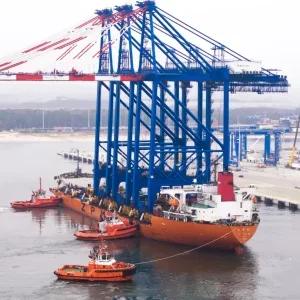A Canadian construction safety organisation has issued a warning about the risks of worn threads on hook shanks.
A tower crane on a construction site was lifting a 4t load when the hook assembly failed, dropping the load near two workers.
The failure was caused by worn threads on the top of the hook, and was not visible once the load block was assembled, according to Worksafe, the British Columbia workers’ compensation board.
It advises that in absence of manufacturers’ specifications, the hook should be inspected annually.
It advises that inpectors check especially the first three threads from the bottom, and the thread relief area, for cracks using magnetic particle or dye penetrant tests.
It recommends that the hook be removed from service if a crack is found in the bottom three threads or thread relief area, or if: the narrowest part of the hook’s throat opening has increased by more than 15%, or if the hook has twisted more than 10 degrees, or if it is has lost 10% of its cross-sectional area.
It also advises that when reassembling the hook, technicians should check that the length of threads engaged between the hook and the nut is at least equal to the hook thread diameter, and that the nut retaining pin, set screw or key that prevents the nut from backing off the hook is secure.






